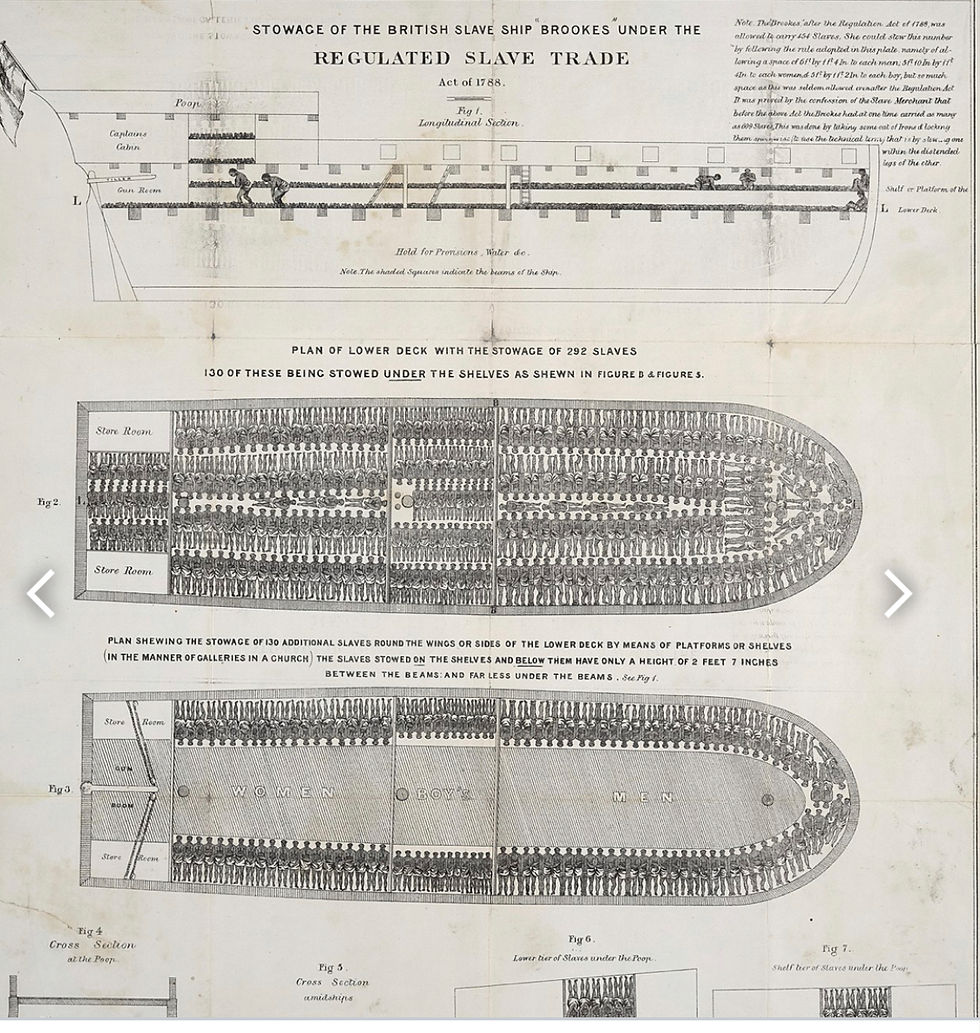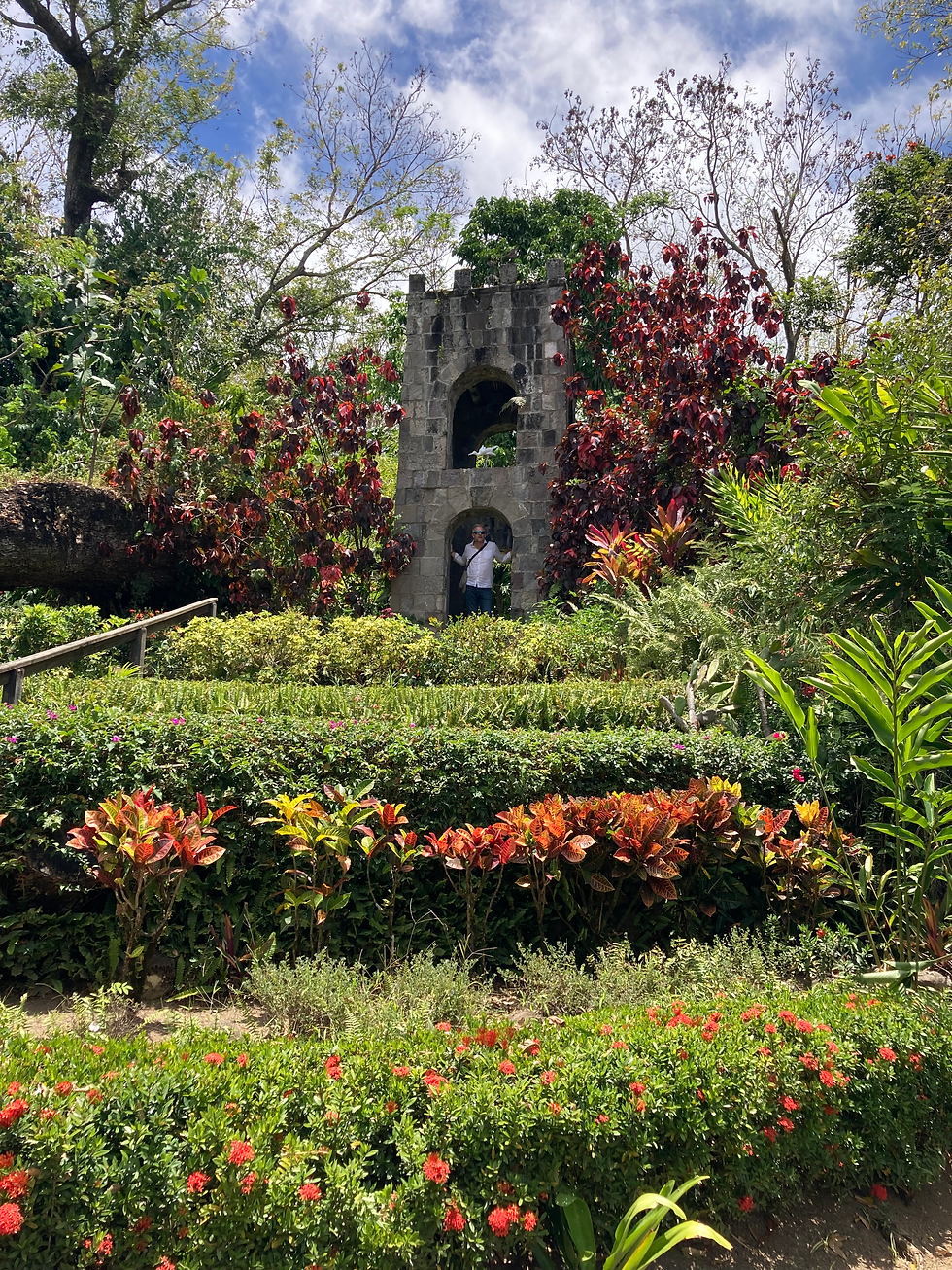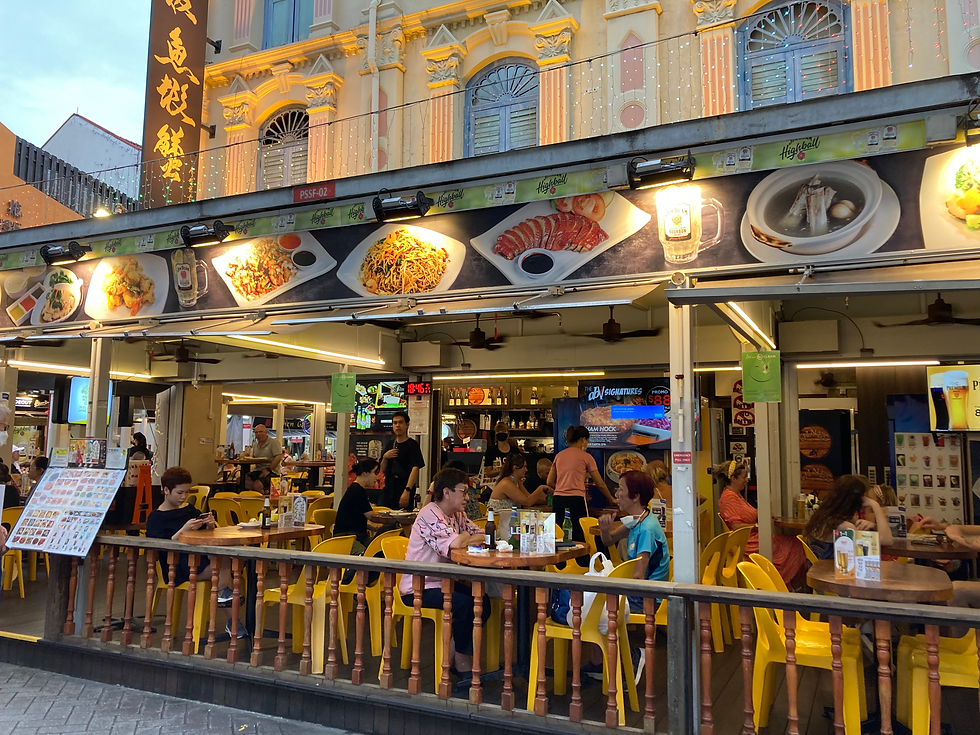Slavery - a missing narrative?
- martinlrobinson
- May 16, 2022
- 5 min read
A fundamental part of our rationale to travel was to learn more about the world we live in from a more global aspect. So, having now visited the Caribbean and spent time in the Dominican Republic, we wanted to write a piece about these beautiful islands' significant and quite horrific history.

In our travels around the Caribbean, we found, with interest, that the subject of slavery is very much 'brushed over' and not widely discussed. We did ask local guides sensitively, but replies were short and concise. Maybe it was because of who we were, where we had come from. It is difficult to say.
Most people from the Caribbean had African heritage, even given a history stretching back 1000s of years before the arrival of the first European or Africans. Our guide on Antigua told us of a man who'd researched his family back to Africa and had even been to meet them. On St Kitts, we came across a market area, clearly quite old, heavily cobbled. A worn sign informed us it was where a slave market had once been held. Another site we visited had the remnants of a bell, used to regulate the harsh days endured by slaves, most were destroyed by slaves as they were freed**. References were still minimal.

Even when we finally got to visit a plantation site at St Kitt's, the emphasis on this tourist location was placed on the beauty of the plantation houses (see below), the gardens and local crafts. Here, we found the best references to slavery, tucked away in a basement room. This is a summary of what we learned….

The explosion of sugar plantations (first in Brazil, then in the Caribbean) created demand for labour, fueling the slave trade. Sugar was a labour-intensive crop requiring a large workforce.
In all, 20 million people were captured from Africa for slavery. It is estimated that a third of them died on the journey by foot to the west coast of Africa (which could take up to 6 months) before even getting onto the slave ships.
Ships would sometimes wait 2-3 months until they were full before sailing, and during this time, the captives (slaves) would be held in forts or slave factories.
Suicide, punishment and disease caused high mortality rates on the ships, and it is estimated a further 1.8 million died on the transatlantic journey. They were bound together, nude, by shackles, with no headroom, so they couldn't sit up. Men would be on one side, women on the other. If bad weather prevailed, they would spend long periods in these conditions, causing poor sanitary and air quality.
Even once they had endured this horrific journey and reached their destination, another third died within 3 years. Many tragic losses under unimaginably horrible circumstances….
It is estimated that from 1516-1866 there were a total of 33,000 slaving voyages.
Many African slaves were prisoners of war, sold to Europeans by their African rivals. Some were sentenced to slavery for committing a crime or failing to pay a debt. Other slaves, living decent, everyday lives and having done nothing wrong, were captured by gangs of raiders. From the moment of capture, many slaves would be trying to organise their escape, risking death and/or terrible punishment (setting an example to other slaves). It just doesn't bear thinking about what they must have experienced.
Slaves were commodified and referred to as 'black cattle' - there was even a case that got to court where a slave trader had thrown slaves overboard to claim Insurance payments - he didn't win, as it was decided the deaths were avoidable, but this just demonstrates that slaves were considered no more than cattle and horses.
Slave registers were introduced in 1817 in the British Caribbean to record where slaves were from and identify plantations where conditions were worst, raising the profile of the abolitionists*.
Slaves were 'seasoned', which involved a harsh process to prepare them for a life of forced labour - breaking their spirit to ensure compliance, branding them (like cattle) with the name of their owner, giving them a new, non-African name and being referred to as 'chattel' in UK terms. Around 30% died during this extremely harsh process, and many through suicide - death was preferable to a life of slavery. 'Creoles' was a term used to describe slaves born in captivity, and they typically fetched higher prices as they were already 'seasoned'. Creoles automatically became the property of the 'owner' of the slave who'd given birth.
Slaves typically lived in cramped villages on the plantation sites and had a very poor diet, which contributed to high deaths and lack of reproduction, much to the frustration of Plantation owners who had to keep buying more slaves to replace 'stock'.
Some slaves could supplement rations and make money by growing crops on small pieces of land given to them on the plantation site (depending on the plantation owner and site), which they'd tend in their free time and could sell goods at a Sunday market (on St Kitts). They were forbidden from learning to read and write, but some were allowed to go to church.
The increase in demand for goods in such as gunpowder, kettles, iron bars and Indian cotton in the 18th century caused a revolution in production - fuelling the industrial revolution. Insurance, banking and shipbuilding all made some British businessmen and plantation owners hugely rich - which they subsequently displayed through their grand plantation houses and even bigger, grander country houses in the UK.
Despite many years of protest, the process of abolition in the trade of slaves from Africa finally started in Britain in 1807. Protests continued to abolish trade with other nations, and the termination of the British slave trade finally came on 1 August 1834. At this point, all slaves were classified as either agricultural or domestic workers. There was a transition period where Agricultural workers continued under apprenticeship to 1840 and had to continue to give their owners 43 hrs work a week. For this, they received allowances for food, clothing, accommodation and medical care. Apprentices could buy their 'discharge' during this time for a fair price. 1838 was the end for domestic workers. Children under 6 were freed and placed in the care of their mother, or if no mother would be held in care until 21. 100 special magistrates were put in place in the UK to oversee this transition period.
After emancipation, many newly freed labourers moved away from plantations, and some stayed as paid workers. Only a handful of Africans ever returned home and now make up the majority of the population in the Caribbean.
Note:
Information (and most 'wording') from local displays reflecting St Kitt's.
For more history, read https://en.wikipedia.org/wiki/Atlantic_slave_trade
**This bell was not destroyed because the owner freed his slaves on emancipation, whilst others did not immediately. The sign on the site said they did not destroy this bell in 'respect' to the owners actions.




Comments